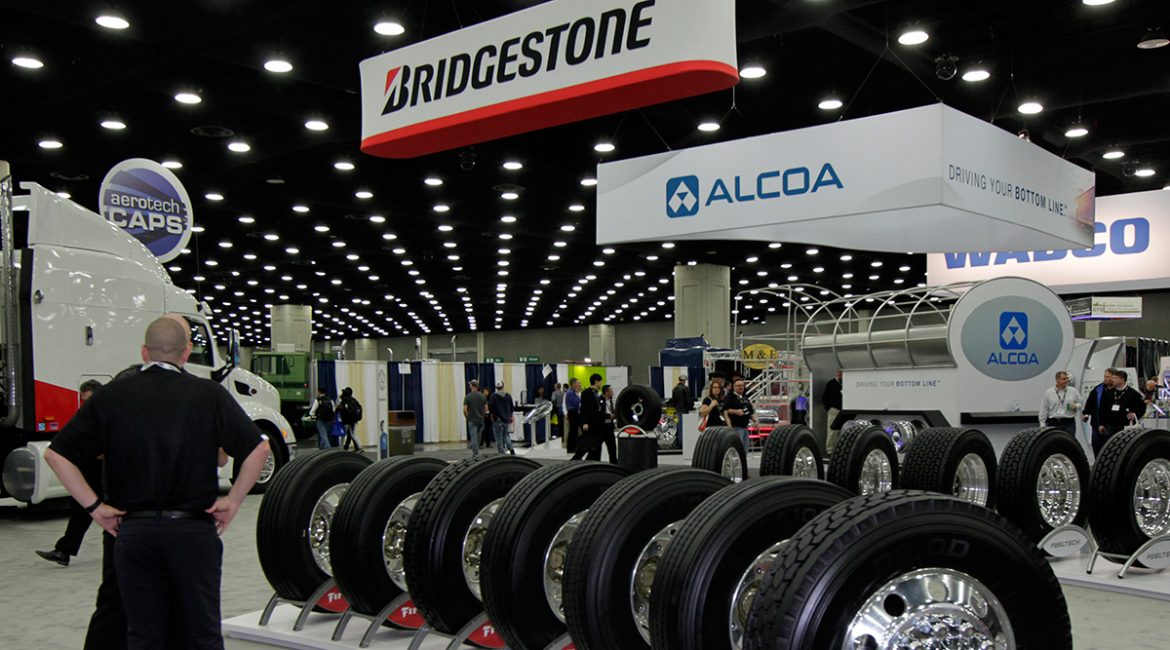Carbon black, the sooty spin-off of incompletely oxidized petroleum that is made use of to reinforce the rubber in tires, is such an in-demand product that Bridgestone Americas, Inc. expects need to outstrip supply.
To guarantee the supply of carbon black to ensure that it can maintain making tires and as a step toward Bridgestone’s commitment to cut its carbon footprint in half by 2050, the company has started assimilating recovered carbon black drawn out from worn-out tires for usage in its new tires.
Bridgestone began considering the Delta-Energy Group, LLC’s operate in this area starting in 2007, and also the firms came to be companions on the project in 2014, with the goal of promoting industrial-scale recycling, or a “round” economy.
” Bridgestone Group is deeply devoted to progressing an ecologically sustainable culture by sustaining an absolutely round economic climate,” claimed Nizar Trigui, chief innovation police officer, Bridgestone Americas, Inc. “Through this collaboration with Delta-Energy Group, we intend to shape the future of our market as well as guarantee effective flexibility solutions for generations ahead.”
Removing carbon black from old tires supplies an 81 percent reduction in CO2 versus producing new virgin carbon black, Bridgestone records.
The partners have understood the principles of recouping carbon black and also re-using it in brand-new tires for some time, but the nitty gritty details have needed sorting out to guarantee that the efficiency as well as wear features of the brand-new tires with recycled carbon black are precisely the same as those made just with so-called virgin carbon black made directly from petroleum.
In the early days, the healing process charred the old tires so absolutely that it there wasn’t much left of value, noted Jamie McNutt, Technical Fellow for Bridgestone’s Product Development Group. “The initial materials were burned to the point it really did not have any reinforcement left in the product,” she recalled. Since reinforcement is the function of adding carbon black to tires’ rubber, that suggested the recovered material was not beneficial.
Ever since Delta-Energy has actually moved to a low-oxygen pyrolysis procedure that minimizes the burning and retaining more of the framework, McNutt said. Much, Bridgestone has acquired the matching of 70,000 recycled tires well worth of carbon black from Delta-Energy, while verifying the right proportion of retrieved carbon black to virgin in the farming and passenger cars and truck tires where it will be used.
The blend becomes regarding 80 percent virgin and also 20 percent recycled carbon black, reports Jon Kimpel, Executive Director of Bridgestone’s New Mobility Solutions Engineering. The material will be used in the tires’ sidewall inner linings, not in the walk location, he included.
The goal is to recycle two million tires to recover and re-use their carbon black in 2020. “As Delta-Energy [‘s capacity] grows, that will certainly allow us to expand also,” he stated.
In contrast, the overall tire market will be facing price increases and availability restrictions for virgin carbon black because of tightening up regulations that make it hard for those distributors to expand production, according to Kimpel. “Supply is not going to be able to stay on par with the speed of item.”
Bridgestone makes a lot greater than two million tires every year, so the recycling program will not make the firm’s procedure totally “round,” that is an extremely substantial volume. “We’re really proud of what we’re doing,” Kimpel stated, “not just in retrieved carbon black, but in sustainability overall. It is a great initial step.”

